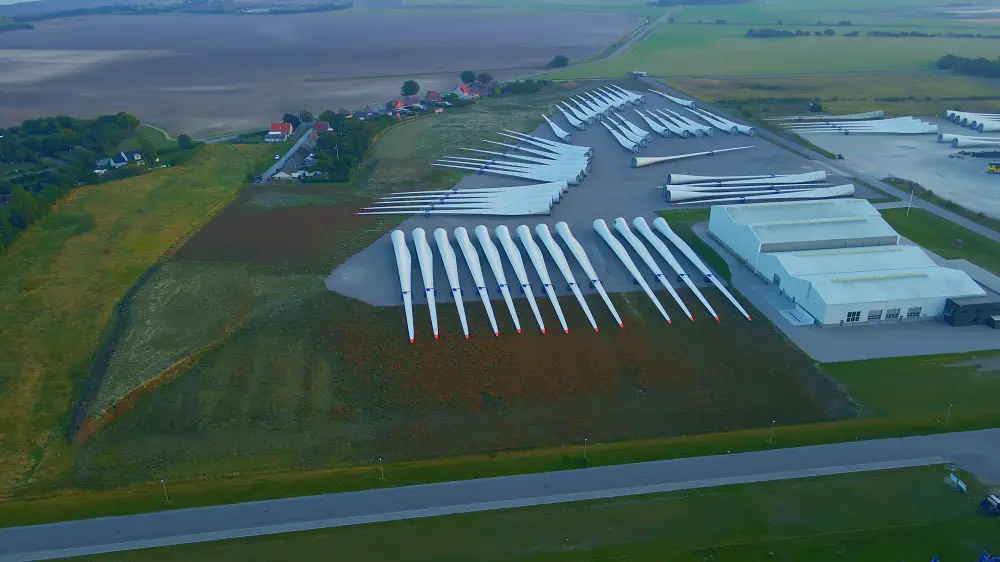Wind is created by air moving from one place to another. The sun heats up some parts of the earth more than others, and this difference in temperature causes a difference in air pressure, which causes the air to move, and create wind. 1
Wind will always be created on earth as long as the sun keeps shining. Based on current observations of the sun, scientists have calculated that it will keep shining for another 5 billion years2.
Table of Contents
Definition of Renewable Energy
‘Renewable Energy’ is a term that is sometimes used to mean ‘clean’ or ‘green’ energy – energy that does not give off any polluting exhaust; The two are related, but not necessarily the same.
If an energy generation system is described as renewable, it means that the source of the energy is constantly being renewed and/or replenished, so that when energy is taken from it, there isn’t any less of it than when you began.
By this definition, using wind to generate electricity is a renewable form of generation, since wind is always being created, and there is just as much wind left on earth after it has been used to generate electricity.
By comparison, generating electricity from coal requires the coal to be dug out of the ground and burnt up to generate the electricity. The amount of coal left on earth is constantly being depleted and it is not being replaced which means it will run out in the foreseeable future; Therefore coal is not a renewable source of energy.
Nuclear generation is a clean energy, in that it does not exhaust any polluting gases into the atmosphere, but it still needs to be supplied with fuel which is depleted when used, so by the strict definition, nuclear is not a renewable form of electricity generation.
Environmental Costs of Wind Energy
Wind generated electricity is renewable, and at point of generation no resources are being used up and no greenhouse gases or any other pollutants are being exhausted into the atmosphere.
However, this does not mean that wind energy has zero environmental cost. To generate electricity from wind, turbines have to be manufactured and installed and connected to the electricity grid. The production of steel, concrete, glass-fibre and carbon-fibre resins and other materials have environmental costs, and transporting the turbine to its destination and assembling it also have environmental costs. But these costs are far, far less than, for example, coal powered generation.

Studies on CO2 emissions have found that, per kWh of electricity generated, wind turbines emit 11-14g of CO2 over their lifetime.3 Coal generation emits 980g of CO2 per kWh generated – this is about 80 times more than wind turbines.4
Mitigating Environmental Costs of Turbine Manufacture
When a wind turbine is decommissioned at the end of its life, most of its component materials (steel and concrete) can be recycled easily and cost-effectively using existing processes and technology.
Wind turbine blades are made from high-strength, lightweight composite materials like glass fibre or carbon fibre and epoxy resin. These materials have proved notoriously difficult to recycle, which has meant that most decommissioned turbine blades have, until now, been sent to landfill.
However, one of the world’s major wind turbine manufacturers, Vestas, announced in May 2021 that they have pioneered a process enabling glass- and carbon- fibre resins to be cost-effectively recycled. Once recycled, the materials extracted from the old blades can be used to make brand new wind turbine blades.5 This process is expected to be fully developed for industrial scale production by 2024.

